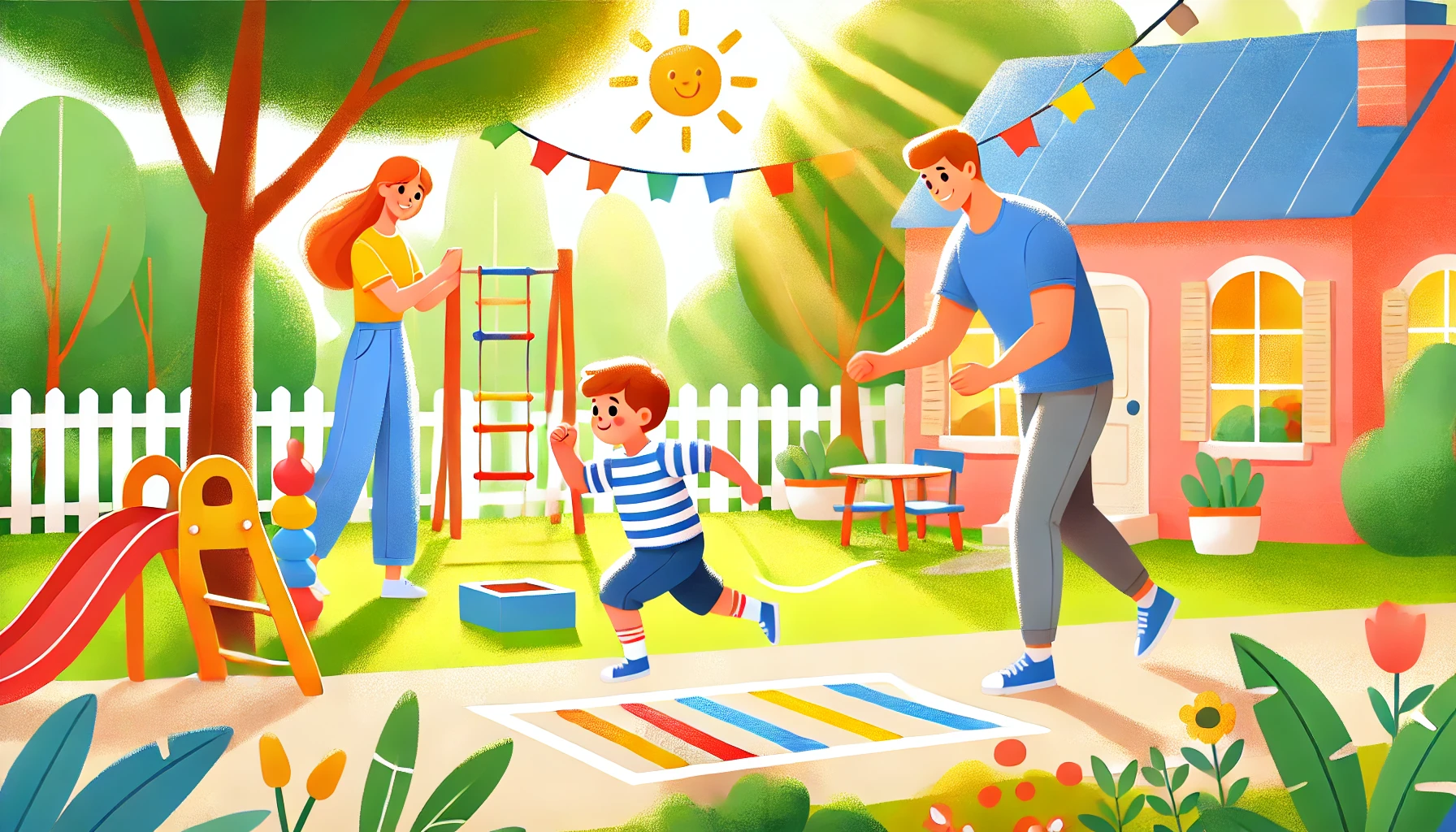How to Teach Young Children About the Importance of Exercise and Staying Active
Helping young children understand the importance of physical activity builds habits that promote strength, confidence, emotional well-being, and overall health. Kids are naturally energetic—by channeling that energy into fun, intentional movement, parents can teach them that staying active is part of a happy and healthy life. In this article, we’ll explore playful and practical ways to encourage exercise in early childhood.
Why Movement and Activity Matter
- Supports physical development – Strengthens muscles, bones, coordination, and flexibility.
- Boosts mood and reduces stress – Releases endorphins that help with emotional regulation.
- Improves focus and sleep – Helps children concentrate and rest better.
- Promotes confidence and social skills – Encourages teamwork and self-esteem.
- Builds lifelong habits – Teaches that physical activity is fun and valuable.
1. Explain Exercise in Simple, Fun Terms
Young children learn best with concrete examples and visual language.
Activity Idea:
- Say: “Exercise is how we move our bodies to stay strong and feel good!”
- Give examples: running, jumping, climbing, dancing.
- Ask: “What’s your favorite way to move your body?”
What Kids Learn:
- That movement helps their body and mind.
- How to connect physical activity to feelings.
- The idea that exercise isn’t just a chore—it’s play!
2. Make Physical Activity Part of Daily Life
Instead of setting a separate “exercise time,” blend movement into the day.
Activity Idea:
- Dance while brushing teeth or cleaning up toys.
- Walk or bike instead of driving short distances.
- Stretch together in the morning or before bedtime.
What Kids Learn:
- That being active can happen anywhere, anytime.
- How to integrate movement into daily habits.
- The value of staying active without pressure.
3. Use Games to Encourage Movement
Children are more motivated to move when it feels like play.
Activity Idea:
- Play games like Simon Says, Freeze Dance, or Animal Movements.
- Set up an indoor or outdoor obstacle course.
- Use a movement dice or spinner to assign fun physical tasks.
What Kids Learn:
- That movement is joyful and imaginative.
- How to develop coordination and control.
- That exercise can be part of creativity.
4. Explore Different Types of Movement
Variety helps children discover what they enjoy and builds different skills.
Activity Idea:
- Try dancing, swimming, yoga, soccer, or martial arts.
- Let them help choose the activity: “Do you want to play tag or do a silly dance?”
- Watch videos together of children doing sports or exercise from other cultures.
What Kids Learn:
- That there are many ways to be active.
- How different activities challenge the body in different ways.
- The excitement of trying something new.
5. Lead by Example
Children are more likely to enjoy physical activity when they see adults enjoying it too.
Activity Idea:
- Join in on their movement games and show enthusiasm.
- Take walks together and talk about how it feels to move.
- Narrate your own exercise habits: “Stretching helps my back feel better.”
What Kids Learn:
- That exercise is a normal, positive part of life.
- That adults value and prioritize movement.
- How to model healthy behavior.
6. Celebrate Small Achievements
Positive reinforcement builds confidence and motivation.
Activity Idea:
- Create an “Activity Chart” and celebrate each active day with a star or sticker.
- Say: “You climbed all the steps by yourself—strong legs!”
- Reflect: “How did your body feel after playing outside?”
What Kids Learn:
- That movement is something to be proud of.
- How to recognize physical progress.
- The motivation to keep going.
7. Balance Activity With Rest and Fuel
Teach children how to listen to their bodies and care for them.
Activity Idea:
- Say: “After all that running, your body needs water and a break.”
- Pair activity with healthy snacks and hydration.
- Model rest after play: “Let’s stretch now to cool down.”
What Kids Learn:
- How to balance energy and recovery.
- That bodies need care to stay strong.
- Mindful awareness of physical needs.
8. Make It Social and Inclusive
Physical activity is also a chance to connect with others.
Activity Idea:
- Plan family movement time—like evening walks or backyard games.
- Invite friends over for active playdates.
- Encourage cooperative play: “Let’s make up a dance together!”
What Kids Learn:
- That moving together builds friendships.
- How to share space and ideas in activity.
- That exercise can be about connection, not competition.
Final Thoughts
Teaching young children about the importance of exercise and staying active helps them build strong, happy bodies and positive mindsets. By keeping movement fun, flexible, and part of everyday routines, parents can raise children who love to play, explore, and move—setting the stage for lifelong health and confidence.
